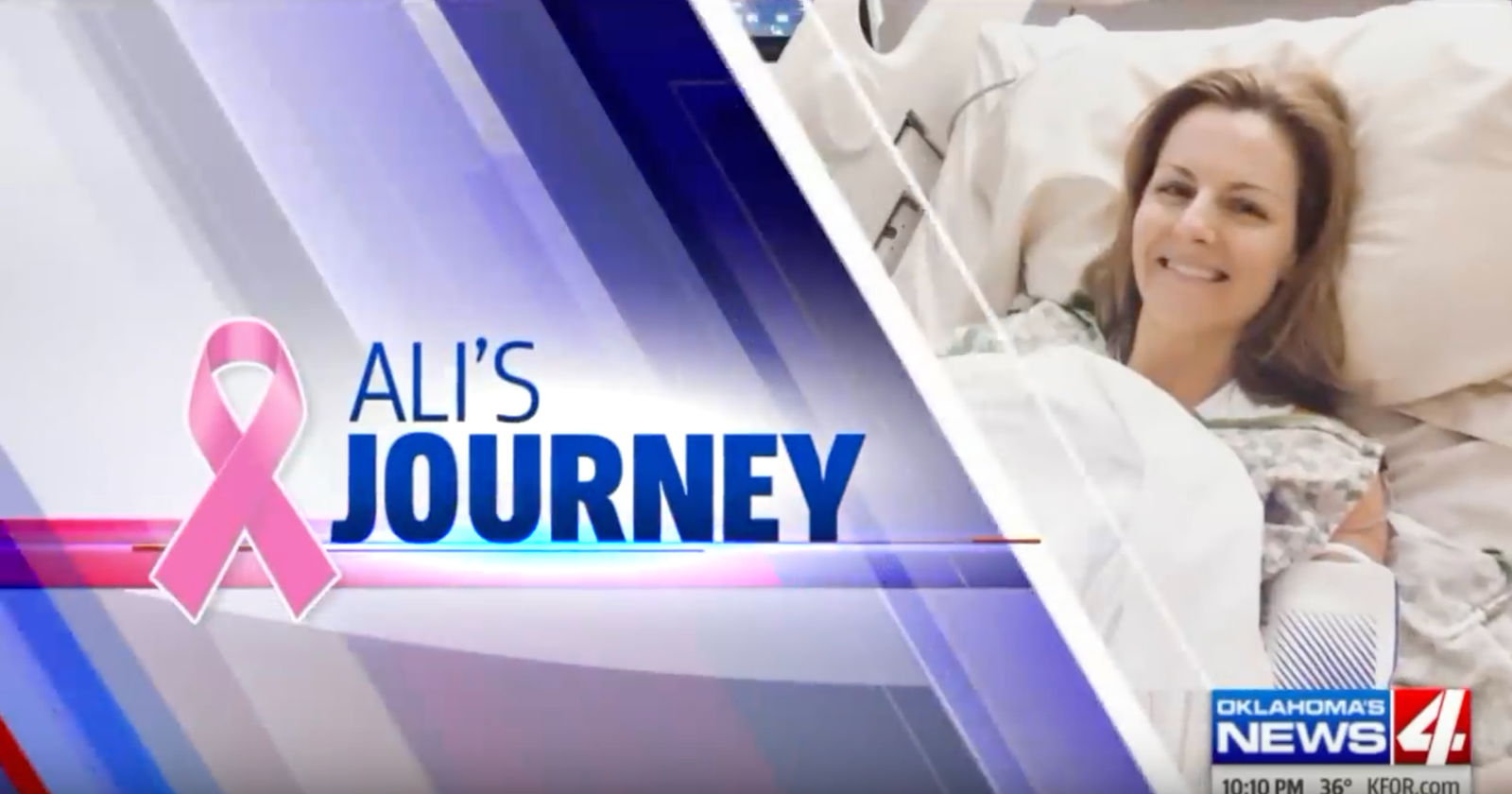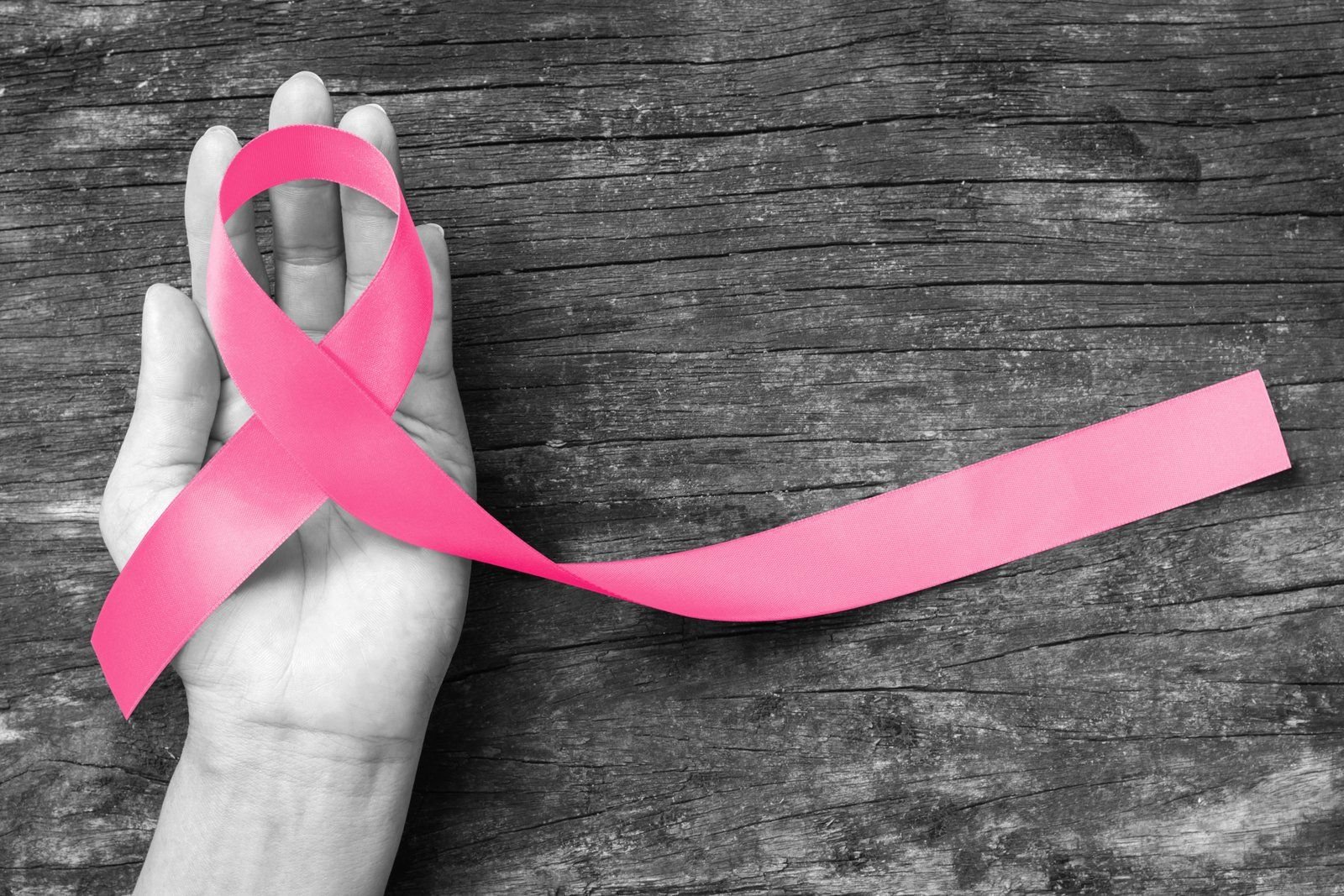10 Things to Consider before Undergoing Breast Reconstruction Surgery
There is an overwhelming amount of information on the internet about breast cancer related topics. When you are newly diagnosis with breast cancer, trying to digest this high volume of information can feel like trying to drink from a fire hydrant. The checklist below provides a good starting point for things to consider when deciding your treatment plan.
- Research. It is common to want to rush the process along when you are given the shocking news of a breast cancer diagnosis. While this is very understandable, it is also very important for you to take enough time to understand all of your options. A discussion with your doctors will provide you with answers and reputable resources to reference.
- Talk to your doctor. With the emerging popularity of social media, patients frequently get information from online support groups and other patient forums. Although having the support of others going through breast cancer is amazing and can be very helpful, it is also very important to remember that every patient’s situation is unique and you are only able to see part of the picture online. Questions specific to your care should be addressed directly with your doctor and their team for the most accurate information
- Make the best decision for you. Breast reconstruction surgery is a personal decision, and several factors play into it. It can be helpful to bring your spouse, family, or support system with you to your consultation so they also understand your options and expectations. It is helpful to weigh the options with your support system, but ultimately you must make the best decision for YOU in your current situation.
- Plan ahead. After any type of surgery there is an obligatory recovery period. The length of your recovery varies depending on the type of work you need to resume. Be sure to discuss the details of your expected recovery and post-op restrictions with your surgeon so you can plan accordingly with your support system and your employer.
- Can I pick my breast size? The size of your breast reconstruction is dependent on your pre-operative body habitus. Part of your consultation with your reconstructive surgeon will involve discussing what your ideal breast size is (bigger, smaller, or in line with your current size). After examining you, your surgeon will be able to discuss your expected breast size and the likelihood of meeting your expectations. Your surgeon may show you photos of patients with a similar body habitus to help you get a better idea of what you will look like.
- Know your timeline. Our goal at Breast Reconstruction Associates is to complete your reconstruction in as few surgeries as possible. Ask your surgeon how many surgeries they anticipate for you, and what the expected timing of each of surgery will be. Timing of reconstruction may have to be adjusted to prioritize the cancer treatment specific to your care.
- What will I look like? Looking at photos of other patients who have had the surgery can go a long way in allaying your fears. At Breast Reconstruction Associates, we often look at photos together with patients to give them an accurate visual of the scars patterns they will have.
- Ask questions. Nothing is off the table – make a list of all the questions you have and go over all of them with your doctor.
- What about your nipples? Even with a mastectomy, some patients have the option of keeping their nipples; this is called a nipple sparing mastectomy. Depending on the location of your tumor, and the position (ptosis) of your nipples, your breast surgeon and plastic surgeon will assess and determine if you are a candidate for a nipple sparing mastectomy. If you are not able to keep your nipples, there are other great options to complete your reconstruction like nipple reconstruction or 3D nipple areola tattoos.
- What is the goal of reconstruction? It is important to discuss realistic expectations with your plastic surgeon, and to understand the difference in reconstructive surgery and cosmetic surgery. The goal of reconstruction is to restore what cancer took away from you; to rebuild your breasts and be able to fit clothing evenly without the need to use a prosthesis. While it is a life-changing experience, it is often emotional during the transition. It takes time and perspective to accept and love your new reconstructed self. Don’t be embarrassed or afraid to discuss your emotions through your healing process.
In summary, take some time to learn about your options before moving forward. For more information, visit Breast Reconstruction Associates.


